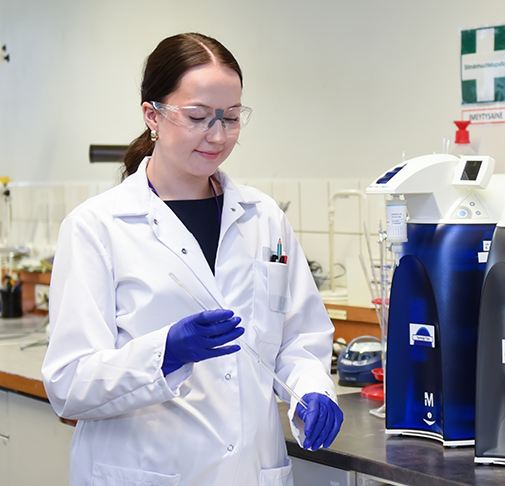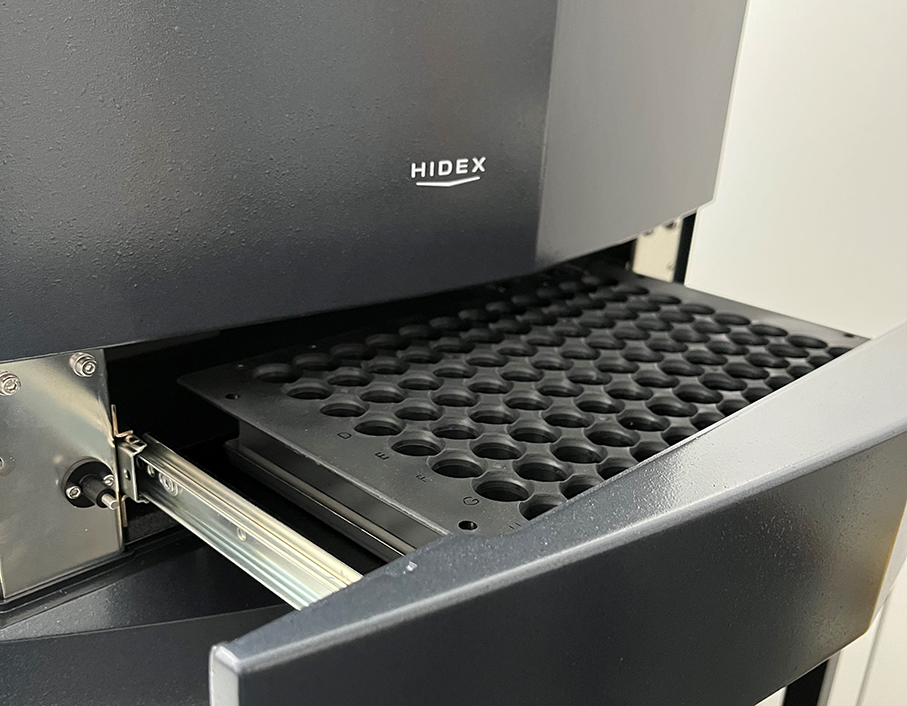During drug development, rodent mass balance study is a key tool for understanding the fate of a drug in the body, covering the full picture of absorption, distribution, metabolism and excretion in one single study. The study focuses on tracking the excretion of the parent compound and its metabolites, providing valuable data to assess potential clinical safety risks. Given the broad scope of the topic, this blog post offers an introduction to the theme.
Key objectives of a rodent mass balance study include identifying excretory pathways and quantifying the total amount of the drug excreted from the body, typically recovered through urine and feces. The study also helps to assess the extent of absorption following different routes of administration. By tracking the elimination of drug content, researchers can map its primary excretion routes and evaluate the potential for tissue accumulation. Such retention of drug-related material may impact eventually both efficacy and safety and should be considered critically when planning human studies. To confirm consistency with earlier pharmacokinetic (PK) data, mass balance studies can be integrated with PK profiling. In addition to the parent compound, these studies enable sensitive profiling of metabolites, providing a comprehensive view of the drug’s behavior in vivo, and analysis of the relative exposure of the drug and its metabolites.

Radiolabeled compounds are used to achieve the high sensitivity required for detecting even the smallest concentrations of the drug, and to accurately track drug metabolites formed in the body. Common isotopes include tritium (³H) and carbon-14 (¹⁴C), each with its own advantages and limitations. Radioactivity is measured through liquid scintillation counting of excreta samples (i.e. urine and feces) collected over time. Prior to detection, samples undergo preparation steps to ensure compatibility with scintillation cocktails and to improve counting efficiency. In addition, complementary analytical techniques are required for complete PK evaluation and in vivo metabolite profiling.
As mentioned earlier, the aim of the mass balance study is eventually to track the fate of the dosed radioactively labeled drug from the collected excreta. Achieving this requires not only consideration of known PK properties during study planning, but also careful attention to technical details—such as precise syringe weighing for dose confirmation, thorough cage washing, comprehensive tissue collection, and, if necessary, analysis of remaining carcass to account for residual radioactivity that is not otherwise accounted. When all these aspects are considered and the assay carefully conducted, ideally over 90% of the administered radioactivity dose should be recovered.
If a project has already progressed beyond preclinical toxicology studies, mass balance data can provide valuable insights to help interpret observed effects. In such cases, the study design should closely align with earlier approaches to ensure consistency. And in general, the mass balance study can be used as an integral part of the Metabolites in Safety Testing (MIST) framework to assess the proportionality of the metabolites formed, which starts with in vitro cross-species comparison and continues through various experiments to the generation of human ADME data.
Through meticulous design and execution of the rodent mass balance study, researchers gain the insights necessary to de-risk human trials, ensure regulatory compliance, and ultimately accelerate the development of safe and effective medicines. Importantly, rodent mass balance studies inform dosimetry of radiation exposure when radiolabeled compounds are used, ensuring that subsequent human mass balance studies required for a New Drug Application are designed with appropriate safety margins in mind.
This introduction sets the stage for exploring each of these critical aspects of mass balance studies in greater detail, and the content will be available for reading later. So, stay tuned!
For any questions, please get in touch with our team.

